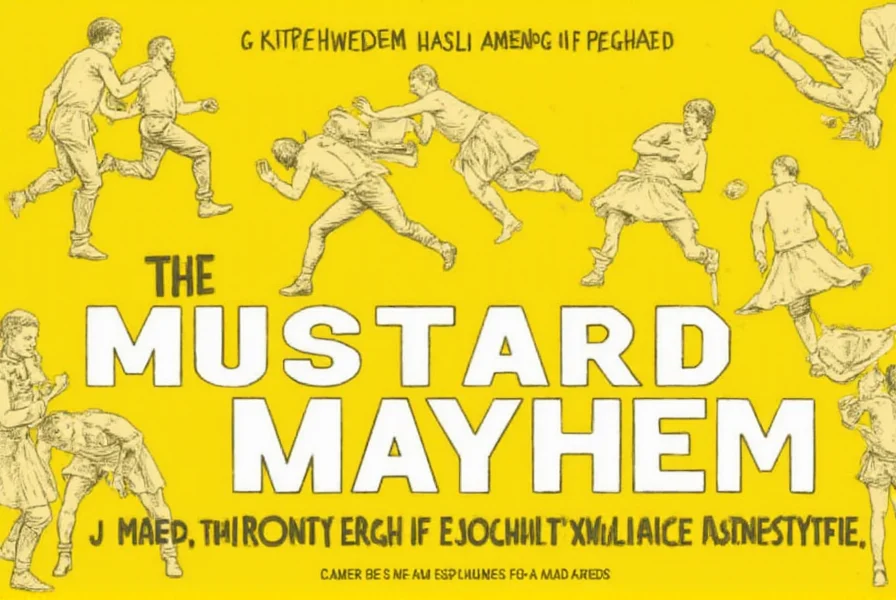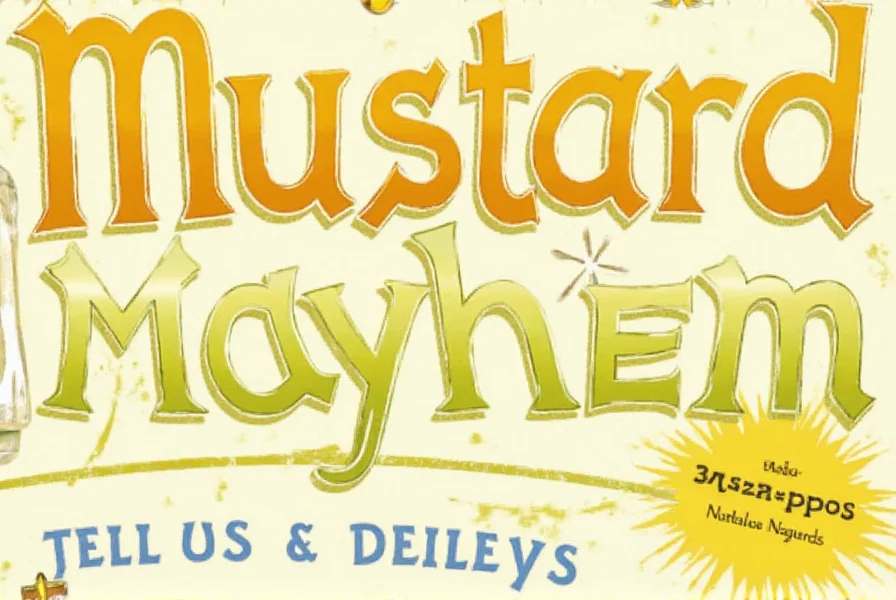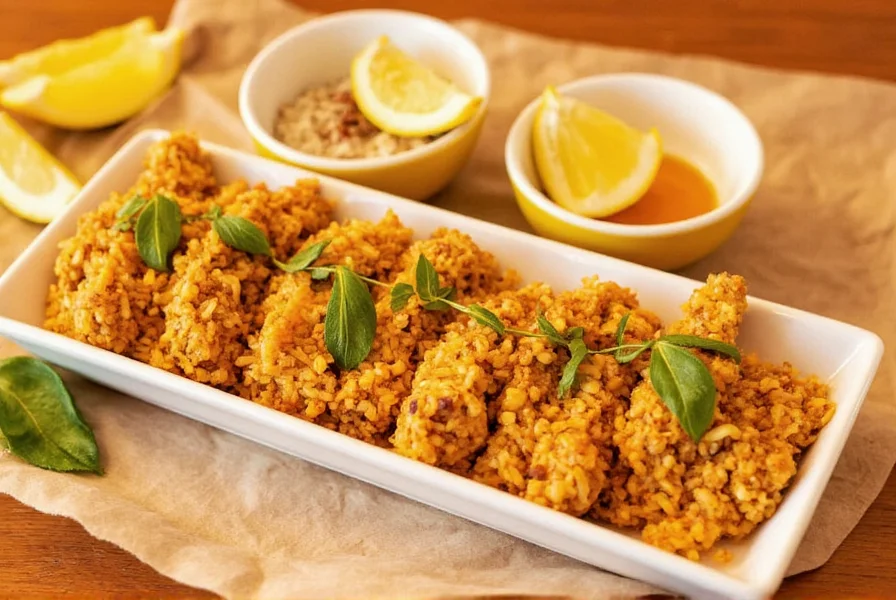Table of Contents
Mustard is a versatile condiment made from ground mustard seeds, vinegar, and other ingredients. Different varieties offer unique flavors for specific culinary applications. Here's a clear comparison of the most common types, their ideal uses, and expert buying tips.
Mustard Types Overview
Mustard comes in many forms, each created through different seed types, processing methods, and added ingredients. The primary varieties include Yellow, Dijon, Whole Grain, English, Horseradish, Spicy, and White mustard. Each has distinct characteristics that make it suitable for particular dishes and cooking styles.
Key Mustard Varieties Compared
| Type | Flavor Profile | Best Applications | Key Ingredients | Origin |
|---|---|---|---|---|
| Yellow Mustard | Mild, tangy, slightly sweet | Burgers, hot dogs, sandwiches, picnic foods | Yellow mustard seeds, vinegar, turmeric, salt | United States |
| Dijon Mustard | Sharp, complex, slightly floral | Vinaigrettes, marinades, sauces, gourmet dishes | Black/brown mustard seeds, white wine, vinegar | France (Dijon region) |
| Whole Grain Mustard | Rustic, textured, robust | Cheese boards, charcuterie, roasted meats | Coarsely ground mustard seeds, wine vinegar | Europe |
| Horseradish Mustard | Spicy, pungent, sharp heat | Steak sauces, deviled eggs, seafood dips | Mustard seeds, horseradish root, vinegar | Global (modern variation) |
| English Mustard | Extremely pungent, intense heat | Traditional British dishes, sausages, strong cheeses | High concentration of mustard powder, no buffering ingredients | United Kingdom |
| Spicy Mustard | Fiery, persistent heat | Tacos, BBQ sauces, adventurous dishes | Hot peppers, mustard seeds, vinegar | Global |
| White Mustard | Mild, slightly sweet, nutty | Pickling, base for other mustards, baking | White mustard seeds, minimal additives | Europe |

Practical Usage Guide
Each mustard variety shines in specific culinary applications:
- Protein Pairing: Dijon works perfectly with grilled chicken (mix with honey for glaze), while Whole Grain enhances roasted pork or beef. Horseradish mustard elevates steak sauces.
- Sauce Base: Create homemade dressings by combining Dijon with olive oil and lemon juice. For creamy dips, mix Horseradish mustard with sour cream and chives.
- Specialty Applications: English mustard pairs exceptionally with traditional British sausages. White mustard is essential for pickling cucumbers or making mustard-based breads.
- Quick Fixes: Keep Yellow mustard on hand for sandwiches and burgers. It's the only variety that won't overpower delicate flavors.
How to Choose the Right Mustard
Buying Considerations
- Quality Indicators: Look for simple ingredient lists (mustard seeds, vinegar, water, salt). Avoid products with excessive preservatives or artificial colors.
- Brand Recommendations: For Dijon, try Grey Poupon or Maille. French's is the standard for Yellow mustard. Colman's offers authentic English mustard.
- Storage Tips: Store opened mustard in the refrigerator. Most varieties maintain freshness for 6-12 months. Dijon and Whole Grain last longer due to higher acidity.
Application-Specific Selection
- For Sandwiches: Yellow mustard (mild), Dijon (elevated flavor)
- For BBQ: Spicy mustard or Horseradish mustard for heat, Whole Grain for texture
- For Salad Dressings: Dijon is essential for emulsification
- For Cheese Boards: Whole Grain or English mustard complement strong cheeses
Mustard FAQs
What's the main difference between yellow mustard and Dijon mustard?
Yellow mustard uses yellow mustard seeds, vinegar, and turmeric for color, resulting in mild flavor. Dijon uses black/brown mustard seeds and white wine, creating a sharper, more complex taste with higher acidity.
Which mustard is the spiciest?
English mustard has the highest heat intensity among traditional varieties due to its pure mustard powder concentration. However, specialty spicy mustards with added peppers (like habanero) can be hotter.
Can I substitute one type of mustard for another in recipes?
Yes, but with flavor considerations. Yellow mustard can replace Dijon in a pinch (though milder), but not vice versa. Whole Grain adds texture that smooth mustards lack. For best results, use the type specified in recipes.
Why does mustard taste hot but then fade quickly?
Mustard's heat comes from sinigrin reacting with water to create allyl isothiocyanate. Unlike chili peppers' capsaicin, this compound is volatile and evaporates rapidly, causing the heat sensation to be intense but short-lived.
How long does mustard last once opened?
Most mustards last 6-12 months refrigerated. Dijon and Whole Grain varieties typically last longer than Yellow mustard due to higher acidity and fewer preservatives.
What gives yellow mustard its distinctive color?
Turmeric is added to Yellow mustard specifically for its vibrant yellow hue. Without turmeric, mustard made from yellow seeds would be pale yellow or beige.
Is mustard gluten-free?
Most pure mustards are naturally gluten-free. However, some brands add wheat flour as a thickener. Always check labels if you have gluten sensitivity, especially with specialty mustards.
Final Recommendations
Mustard is far more than a hot dog topping. By understanding the distinct characteristics of each variety, you can transform ordinary meals into gourmet experiences. For everyday use, keep Yellow mustard handy. For culinary sophistication, stock Dijon and Whole Grain. When heat is desired, choose Horseradish or Spicy varieties. Remember: the right mustard for the job elevates flavors without overpowering them. Experiment with different types to discover your perfect match!












 浙公网安备
33010002000092号
浙公网安备
33010002000092号 浙B2-20120091-4
浙B2-20120091-4